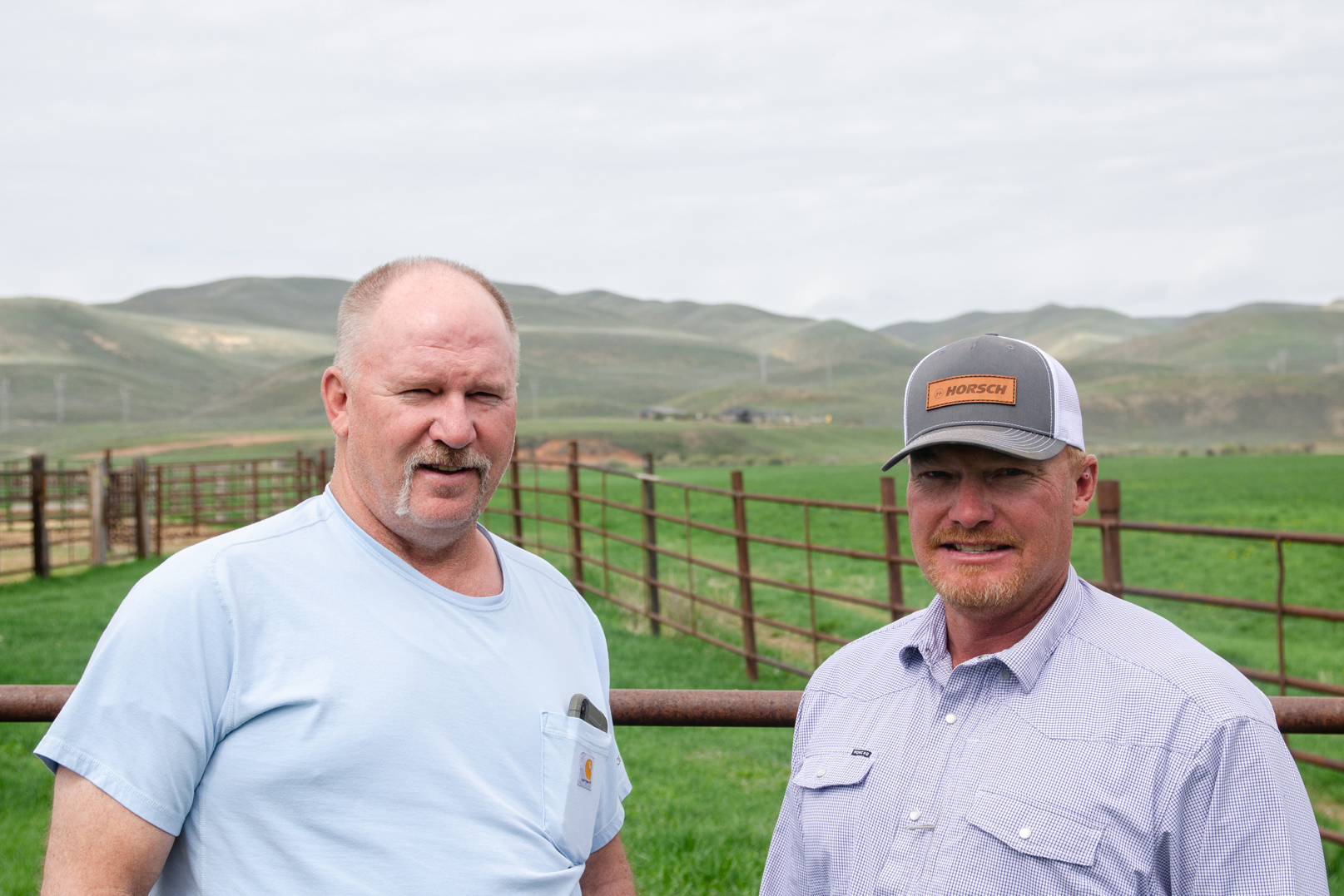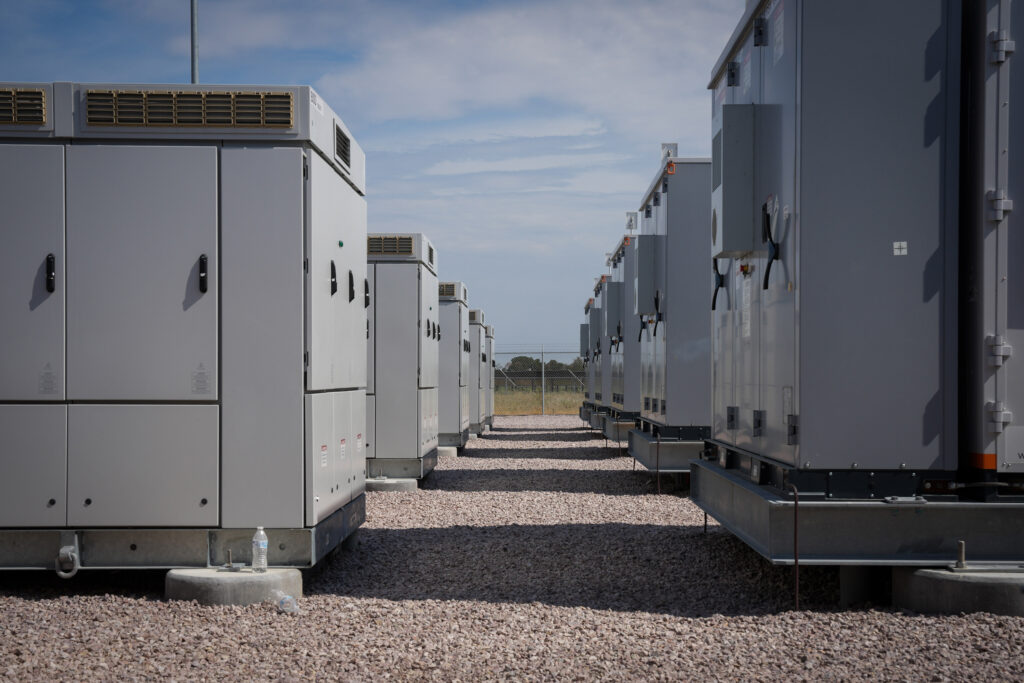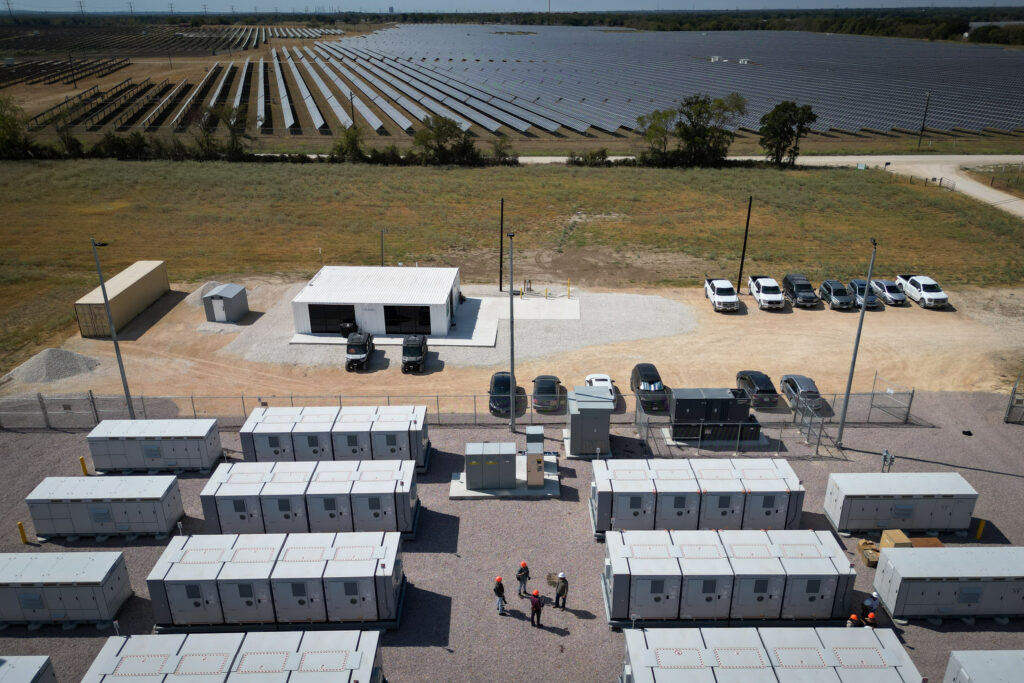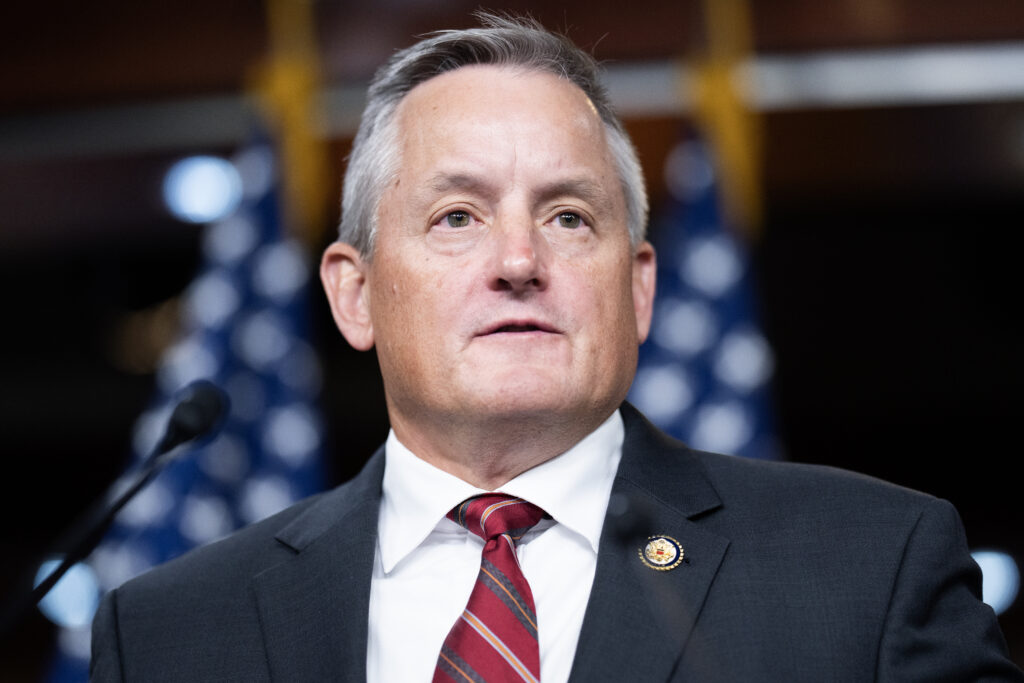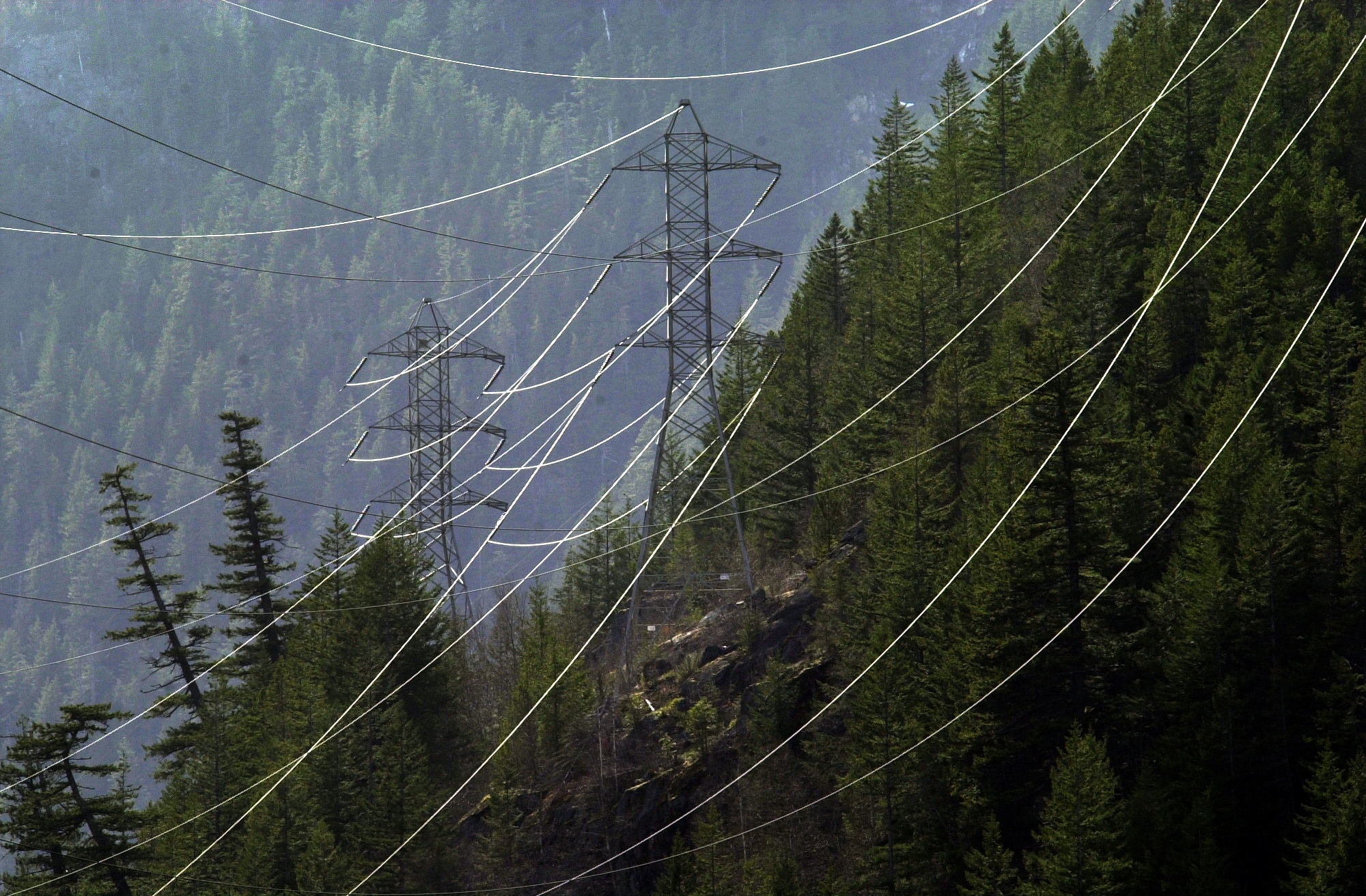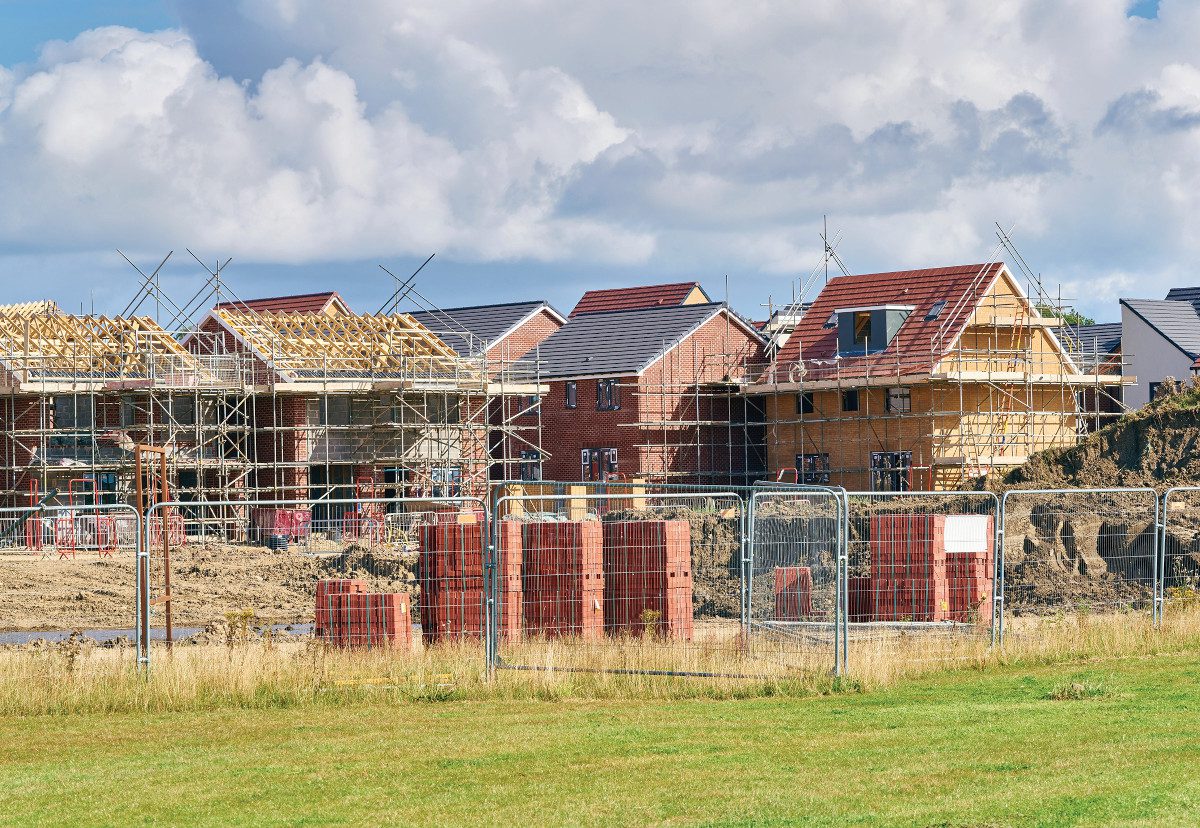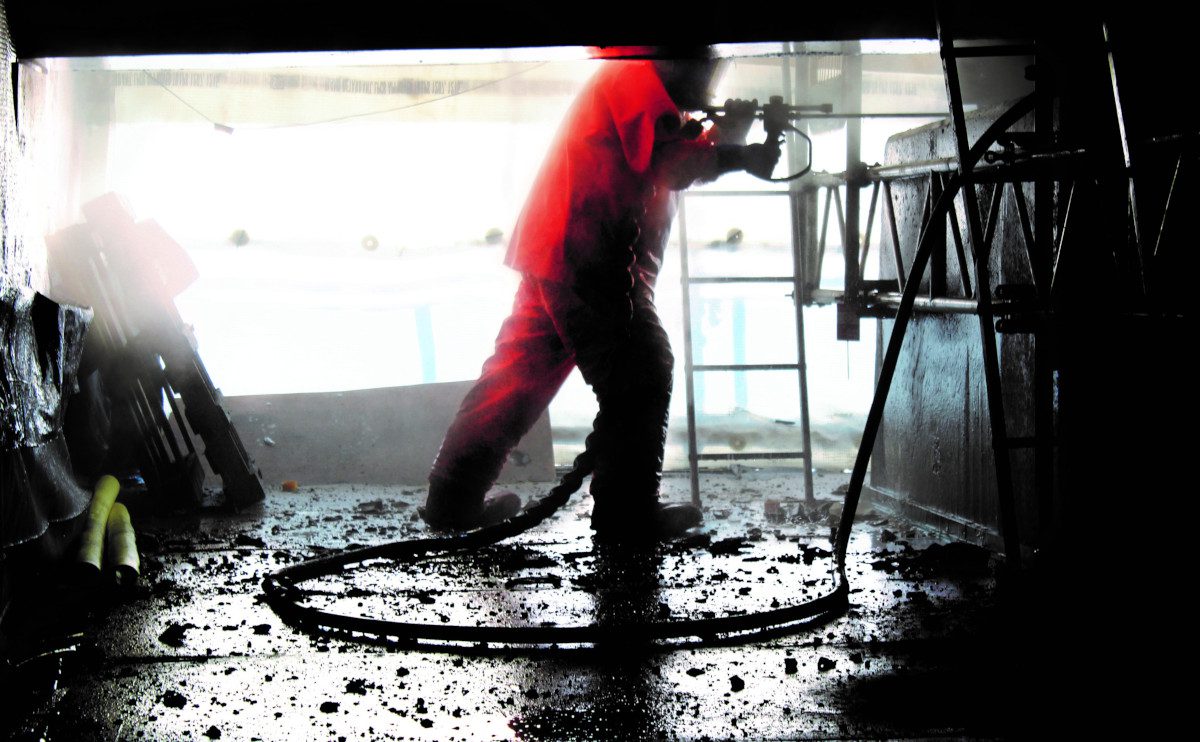Danish energy company Ørsted has exited an agreement with Mayland to sell electricity from an offshore wind farm it plans to build off the coast of Ocean City, casting a shadow of doubt on Maryland’s ability to achieve its target of 100 percent clean energy by 2035.
Offshore wind is a key plank in Governor Wes Moore’s clean energy strategy. Moore signed the Promoting Offshore Wind Energy Resources (POWER) Act in April 2023, committing the state to a goal of generating 8.5 GW of wind energy by 2031. The state is expected to play a key role in achieving the national target of 30 GW in offshore wind by 2030.
In a statement on Thursday, Ørsted said it was withdrawing from the Skipjack 1 and 2 projects, which would have a combined generation capacity of 966 MW, because it was no longer possible to fund the project based on the projected revenue from the state’s renewable energy payments, known as ORECs and approved by the Maryland Public Service Commission (PSC).
The company said that the clean energy rate the PSC set when it approved Skipjack Wind in 2017 and 2021 was “no longer commercially viable because of today’s challenging market conditions, including inflation, high interest rates and supply chain constraints.”
We’re hiring!
Please take a look at the new openings in our newsroom.
See jobs
Despite pulling out of the project, Ørsted said the company intends to continue advancing development and permitting for the combined project, including submission of its updated Construction and Operations Plan to the Bureau of Ocean Energy Management (BOEM). The withdrawal is not an outright cancellation, but it is not clear what future steps would be necessary to keep the project afloat.
“Governor Moore is disappointed by the news of Ørsted’s repositioning of the Skipjack Wind project, an effort that has the capacity to impact the lives of so many Marylanders,” said Elliot Carter, press secretary for the governor’s office. He said that the Moore administration will continue to work with legislators, federal partners, offshore wind developers and advocates to help Maryland reach the state’s goal of 100 percent clean energy by 2035. “If this is going to be Maryland’s decade, we must continue to push forward to reach the state’s ambitious climate goals, and the governor is as committed as ever to doing just that,” Carter said in a written response.
Maryland’s total approved offshore wind projects, which include Ørsted’s Skipjack Wind and US Wind’s Momentum Wind, stands at 2,022.5 MW. Once online, the projects will have enough energy to power about 600,000 homes and support 12,000 direct full-time jobs during the development and construction phase, according to the Maryland Energy Administration.
In December, the Biden administration’s lease offering for offshore wind projects left out a sizable chunk of land off Maryland’s Atlantic coast that the U.S. Department of the Interior had previously approved, prompting advocates and industry groups to question whether the final acreage would be adequate for Maryland and other mid-Atlantic states to achieve their legally binding emissions reduction and clean energy targets.
“Yesterday’s news from Ørsted is disappointing—the Skipjack project was an important component in advancing Maryland’s clean energy goals,” said Frederick Hoover, chair of the Maryland Public Service Commission, which will have a say on the matter going forward.
In a statement, Hoover said that the Commission remains optimistic about the future of the offshore wind industry in Maryland, and noted that the US Wind project continues to move through the federal approval process.
Jamie DeMarco, Maryland director of the Chesapeake Climate Action Network, said that Ørsted had agreed to deliver energy at a certain price point in 2019 but because of rising inflation, the company can no longer deliver the energy at that price. “They’re still looking to generate the electricity but they need a different contract because the contract they signed was not indexed to inflation,” DeMarco said. “The important thing is that this is not a cancellation, unlike in New Jersey where the company’s projects are on hold.”

In fall, Ørsted announced it was abandoning two offshore wind projects of the coast of New Jersey , Ocean Wind 1 and 2, citing project and permitting delays and fluctuating interest rates. With a planned capacity of 1,100 MW and 1,148 MW respectively, Ocean Wind 1 and 2 were Ørsted’s largest projects, but they have come to a standstill, adding to the wobbly situation surrounding the offshore wind industry.
Del. Lorig Charkoudian, a Democrat from Montgomery County, called Ørsted’s decision “definitely disappointing” and “a barrier to getting where the state needs to go.” Maryland should make every effort to build and operate offshore wind, she said.
“Skipjack’s withdrawal was disappointing, especially for our members who have supported the projects for six years,” said Sam Salustro, vice president of strategic communication at Oceantic Network, which represents the offshore and ocean renewable industry. “But this action can unlock new tools to keep the state’s remaining portfolio on track and create new pathways for Skipjack to re-enter Maryland’s power market at a future date.”
Salustro said that this week demonstrates the ebb and flow of the offshore wind industry, bringing both project withdrawals and new awards. “The U.S. offshore wind market is moving ahead, but not without a few bumps and stumbles. Still, its trajectory is clear and its future is bright, including here in Maryland,” he added.
This story is funded by readers like you.
Our nonprofit newsroom provides award-winning climate coverage free of charge and advertising. We rely on donations from readers like you to keep going. Please donate now to support our work.
Donate Now
Most of these setbacks have been caused by temporary issues such as cost escalations from higher interest rates and inflation, as well as supply chain constraints and bottlenecks, said Julia Kortrey, deputy state policy director for Evergreen Action, a climate advocacy organization. “If Ørsted and Maryland move quickly to reposition the lease area for future solicitations, we can keep Maryland’s offshore wind development on track.” Timely federal approval, such as approving new lease areas and permitting, would be critical to preventing any additional delays, she added.
“Maryland can take further steps to reform procurement processes to protect ratepayers and consumers from cost escalations, ramp up regional collaborations and investments in growing the supply chain, and further develop port infrastructure,” she said.
Earlier in the month, European energy firms Equinor and BP canceled their agreement with New York state to sell power from their proposed offshore wind farm, Empire Wind 2, citing supply chain problems, rising inflation and higher borrowing costs.
In Maryland, “the governor has been committed to growing offshore wind and my sense is all parties want to keep conversations going to see if there’s a way to get to new avenues,” said Paul Pinsky, director of the Maryland Energy Administration, which provides policy input to the state on its clean energy portfolio. He said that while it is premature to say what options are available to resurrect the canceled project, the administration wants to pursue every avenue possible to ensure that the state’s goal of 100 percent clean energy by 2035 becomes a reality.







